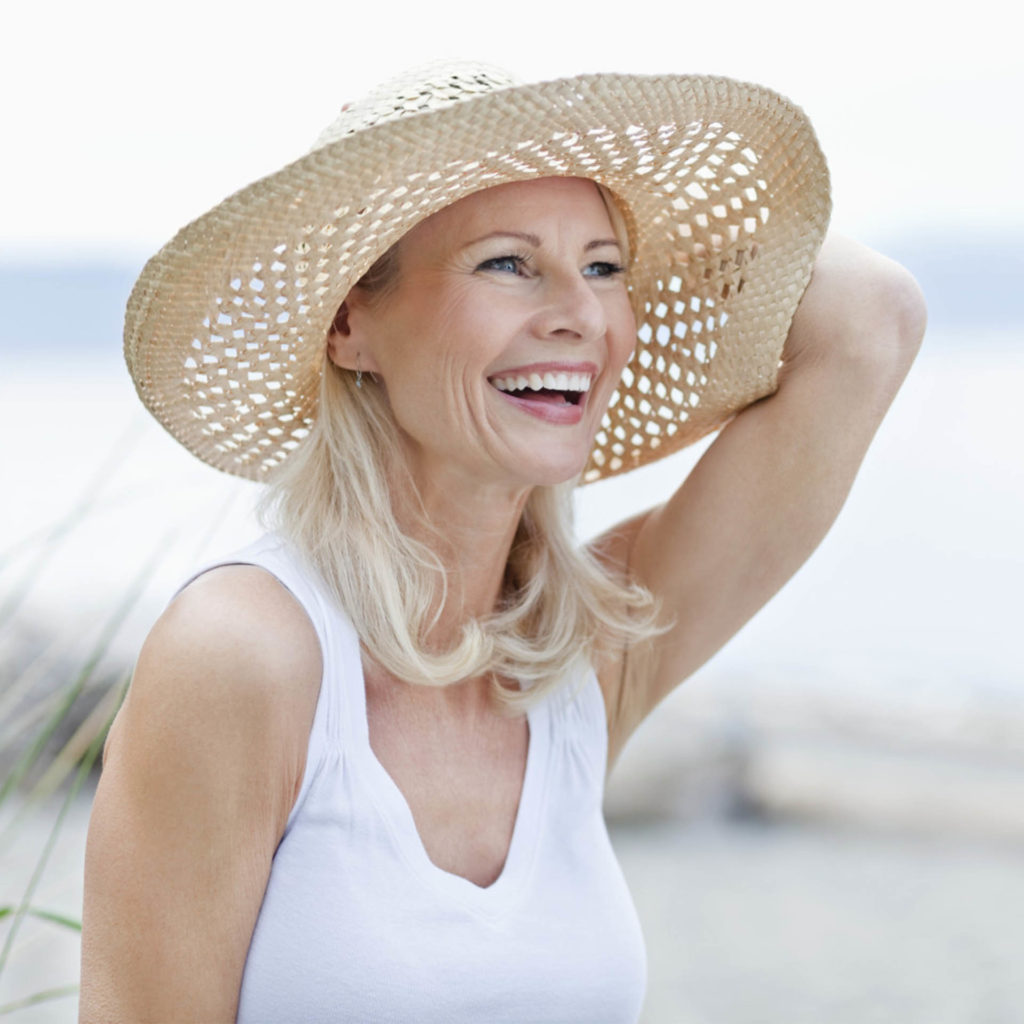All About Sun Spots… And How to Get Rid of Them

Finding little brown patches on your skin? These are otherwise known as sun spots.
These flat, brown, grey or sometimes even black spots are areas of sun-damaged skin found on the most sun-exposed parts of the body, more often than not the face.
Here Lucy Xu, Skin Specialist and Founder of London Premier Laser and Skin Clinics reveals everything you need to know about sun spots.
What actually are sun spots?
Excessive exposure to the sun can have many long-lasting effects on your skin. One of the most visible effects of sun damage on skin is the presence of age spots.
These concentrations of skin pigment are essentially unevenly-distributed tan. The flat, brownish patches appear on areas of the body most often exposed to the sun – especially the face, hands, arms, neck and ‘V’ of the chest.
Sunspots are flat brown spots that develop on areas of your skin that are exposed to the sun.
How and why do we get them?
Sun damage is caused by the skin being overexposed to the sun. Whether you are in a hot country or a cold environment, your skin is still exposed to UV rays which damage the skin.
Anyone can get sunspots, but they are more common in people with fair skin and those older than 40.
These flat brown spots that develop on the skin occur when UVA and UVB rays stimulate the melanocyte cells in the skin, encouraging them to produce a pigment called melanin which protects skin against the sun.
However, an uneven increase in melanin production can result in irregular pigmentation, which is how sun spots develop.
Are they cancerous?
Sun spots, while annoying, are pretty harmless. They are non-cancerous and don’t pose any risk to your health or require treatment unless you’re looking to remove them for cosmetic reasons.
However, be sure to have regular checks with a dermatologist to keep an eye on any new or odd-looking moles, spots or patches as this is vital in detecting a more serious condition.
How can we prevent them?
Using a broad-spectrum SPF 30-50 every day, even when it’s cloudy, will block the harmful UVA and UVB rays from reaching the skin.
Ensure proper application of cream, and if need be re-apply throughout the day. You may also want to wear a hat to shield your face from exposure.
Don’t use tanning beds, avoid the sun between 10am and 3pm, apply sunscreen before going outdoors, choose cosmetics with an SPF and always cover your skin with clothing.
Do they go away naturally?
Sun spots can fade over time. However there are steps you can take to try and help erase them quickly.
Treating your skin with a resurfacing product is an easy way to notice a more even tone appearance.
Look for products containing Niacinamide or Hexylresorcinol, which work on areas of hyperpigmentation and brighten the overall complexion of the skin.
Is there any way of getting rid of them completely?
Laser resurfacing and pigmentation removal is your best bet for totally ridding you of these spots.
During laser resurfacing, a wand-like device is used to deliver beams of light that removes sun-damaged skin layer by layer.
Intense pulse light (IPL), chemical peels or microdermabrasion will also work.
This piece was brought to you by the experts at London Premier Laser Clinics





